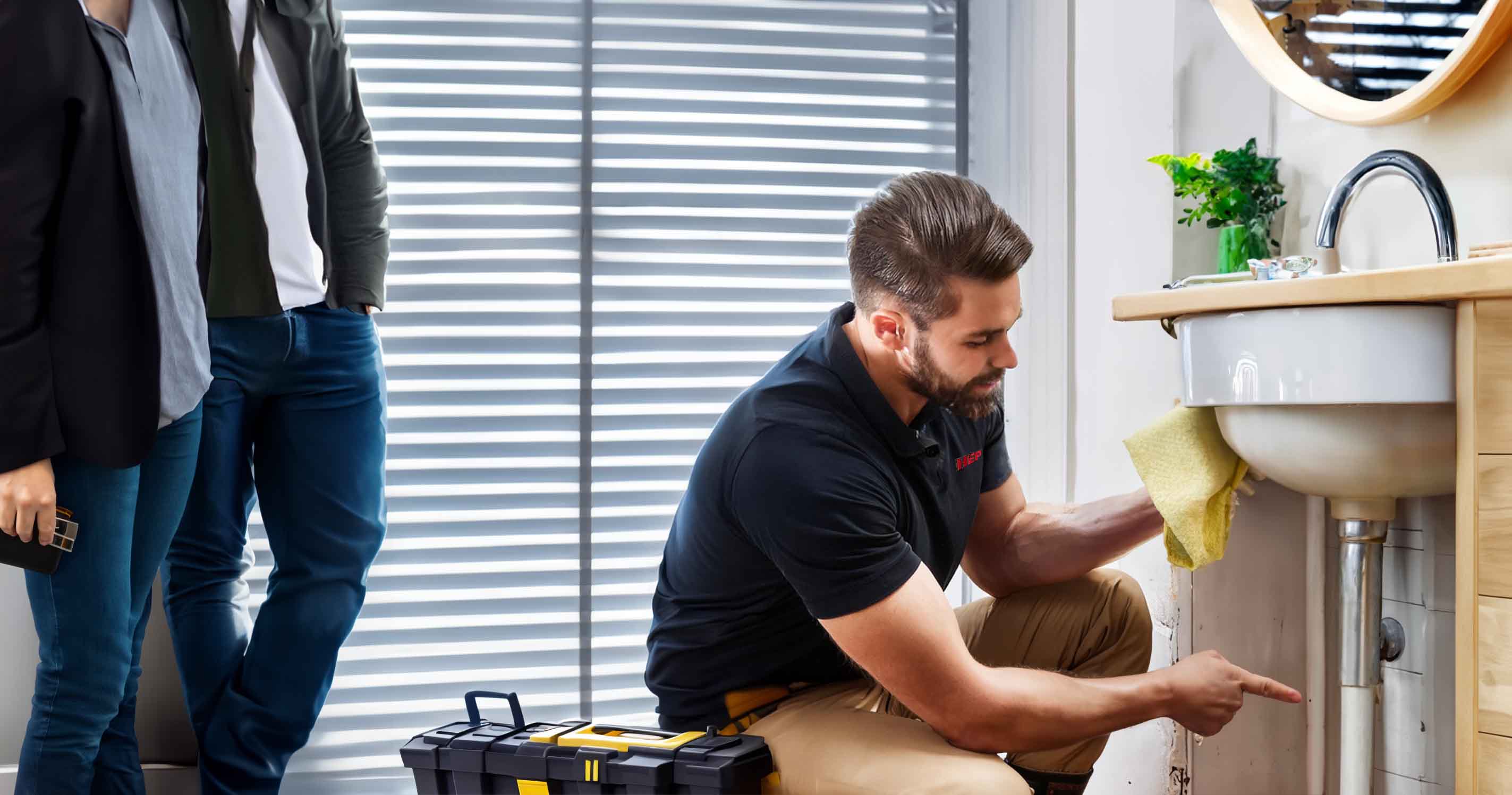

Aging Pipes
Your trusted partner for professional home services. Quality workmanship, guaranteed satisfaction.




- HEP
- Aging Pipes
Aging Pipes | Pipe Upgrades | Plumbing | Palmer
When century-old lines sag, rattle, or burst in Palmer’s shifting soil, homeowners call HEP to bring modern reliability back beneath their feet. Our licensed techs use camera inspections, trenchless relining, and high-efficiency materials to replace corroded galvanized, failing copper, or brittle PVC with sturdy PEX and seamless HDPE. From tightening water pressure to eliminating hidden leaks that spike monthly bills, we tailor pipe upgrades to the exact layout of your home, keeping disruption to a minimum while maximizing flow and peace of mind.
Choose a team that treats your property like its own. HEP coordinates every permit, safeguards landscaping, and backs each new line with a rock-solid warranty, so you enjoy crystal-clear water and worry-free drains for decades. If you’re ready to future-proof your plumbing and boost resale value in one streamlined project, schedule your consultation today and see why Palmer trusts HEP for smart, stress-free pipe upgrades.
FAQs
How can I tell if the plumbing pipes in my Palmer home are reaching the end of their life?
Warning signs include frequent leaks, discolored or foul-smelling water, visible corrosion or flaking on exposed pipes, unexplained drop in water pressure, and water bills that keep creeping up. Homes built before the mid-1990s may still have galvanized steel, polybutylene, or early copper that has thinned from decades of Palmer’s hard water and freeze–thaw cycles. A professional camera inspection and water quality test can confirm the condition of hidden piping so you know whether repair or a full upgrade is the safer investment.
Which pipe materials are best suited for Palmer’s sub-arctic climate?
For interior supply lines we typically recommend type-L copper or PEX-A. Copper offers unmatched longevity (60+ years) and naturally resists bacteria, while flexible PEX-A expands slightly if water freezes, reducing burst risk during Palmer’s cold snaps. For drain and vent lines, schedule-40 PVC is the local standard. We avoid polybutylene and older CPVC formulations that can become brittle at low temperatures. Each material choice is discussed with you, factoring budget, accessibility, and any plans for future remodels.
Do I need to repipe the entire house, or can I upgrade in phases?
It depends on pipe condition, layout, and your budget. If only one branch line is failing and the rest of the system is relatively young, a targeted replacement may be cost-effective. However, once multiple sections show age-related leaks, a whole-house repipe is usually cheaper in the long run because we can do the work in one mobilization, restore walls only once, and provide a single warranty for the entire system. During our assessment we map your plumbing, show you the pros and cons of each approach, and give you written estimates so you can choose the best timeline.
What does a typical pipe upgrade cost in Palmer?
Prices vary with home size, accessibility, and chosen materials, but for reference: • Small 1-bath cabin: $4,000–$6,500 • Average 2-bath ranch home: $8,000–$12,000 • Large multi-bath, multi-story home: $14,000–$22,000 These figures include new supply lines, shut-off valves, basic drywall patching, and permit fees. Upgrades to drains, fire sprinklers, or luxury fixture replacements add to the total. We provide a fixed-price quote after the on-site evaluation so there are no surprises.
Will repiping damage my walls, floors, or landscaping?
We use minimally invasive techniques. Inside, we cut small, strategic access panels—often in closets or behind fixtures—rather than tearing out whole walls. After piping is routed and pressure-tested, we patch, texture, and prime the openings so they’re paint-ready. For slab homes we run new lines through the attic or crawl space to avoid breaking concrete. Exterior excavation is rarely needed unless the water service line is also being replaced. Our goal is to leave your home looking as if we were never there.
How long does a full pipe upgrade take, and will I be without water?
Most Palmer homes are completed in 2–5 days. Day 1 is dedicated to site protection and pipe removal; Days 2–4 involve installing new lines, pressure testing, and municipal inspection; the final day is for drywall patching and cleanup. We restore water at the end of each workday whenever possible, and we always leave one functional bathroom. If a shut-down longer than 8 hours is unavoidable, we schedule it in advance and can set up temporary water if needed. All work is covered by a 25-year material warranty and a 5-year labor guarantee.